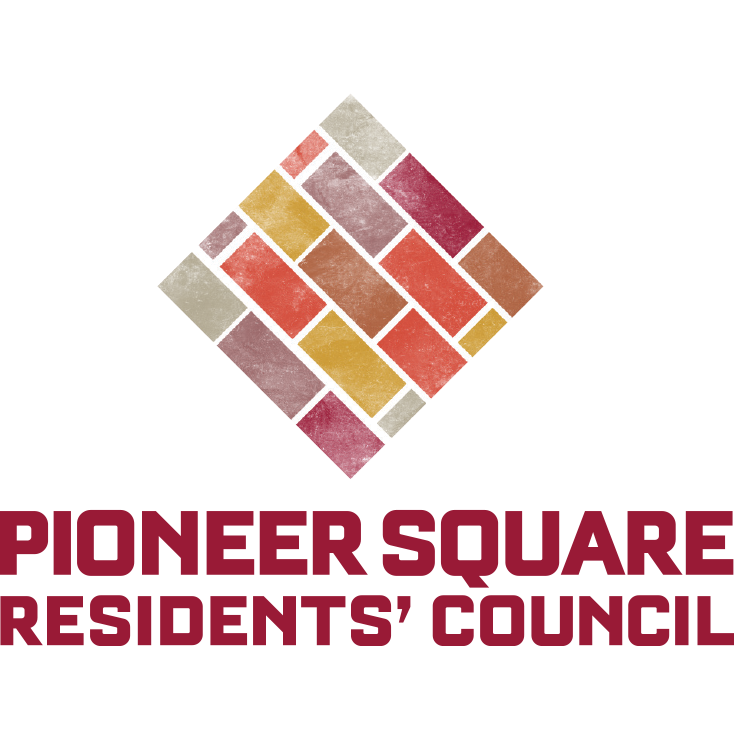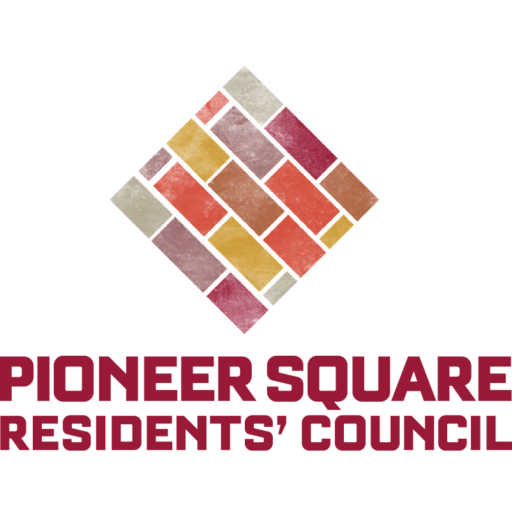19 Jan Revitalization Committee, Part 1: Social
Back in December, I wrote a post to “kick off” discussions about Donovan Rykpema’s presentation to the Mayor’s Pioneer Square Revitalization Committee. It took a little while to break up the clip and transcribe it, but I’m finally ready to go. For those who can’t stream the video on YouTube, here is the link, and if you still can’t watch it, send me a note, and I’ll email you the transcript.
Rypkema talked about four “Forces of Value” – things that push the value of a given commodity. For Pioneer Square, he defined these as Social, Economic, Political, and Physical. He said that “if the purpose of Pioneer Square revitalization is to increase the value, and if the forces of value increase it, or change value, then it makes sense to look at the challenges and priorities in those four forces.”
So let’s get it started with what seems to be the hottest topic for Pioneer Square: Social. This includes social service providers, homeless, drug dealers, and people’s perception of our neighborhood.
Take a look at what Rypkema has to say:
[youtube]http://www.youtube.com/watch?v=B-S2CSi8YOo[/youtube]
 One of the statements he made that originally upset me was that “social service providers were here in Pioneer Square long before any other business in Pioneer Square, and they’re not going anywhere.” I used to disagree with that statement, but after my conversation with Bill Hobson, Executive Director of DESC — he agreed that there is a slim to none chance that any will actually leave the neighborhood. So what next?
One of the statements he made that originally upset me was that “social service providers were here in Pioneer Square long before any other business in Pioneer Square, and they’re not going anywhere.” I used to disagree with that statement, but after my conversation with Bill Hobson, Executive Director of DESC — he agreed that there is a slim to none chance that any will actually leave the neighborhood. So what next?
Here is one of the questions from the Q&A:
“Pioneer Square appears to be unusual in that we have a really high concentration of low income and homeless people in a progressive city, with a complicated history with law enforcement. There is a push/pull.”
- My evaluation is that it’s always in flux – crack down/ease up/tolerate/less tolerance. To try to put the issue resolution or mitigation solely in the hands of the police is the wrong approach – they need to be PART of the solution. Perception and reality are also an issue. Perception magnifies the issues.
Here’s where Rypkema suggests we start:
Rypkema said that “the issue isn’t crime, but a bunch of people hanging around scaring people.” I know that the issue also comes up for how safe women are in our neighborhood — when I’m walking down the street in the evening and there’s a group of people just standing on a corner, that’s when I start to feel a little nervous.
The real difference between this and a neighborhood like Queen Anne is that there are lots of other residents out on the streets that will make you feel more comfortable, even if the group is standing there. What does it take to get more residents to move down here and balance out the social problems? Will Rypkema’s solutions to the “social” problems help?





Pingback:The New Pioneer Square- Revitalization Committee, Part 1: Social … Economic Finance news
Posted at 12:31h, 19 January[…] View post: The New Pioneer Square- Revitalization Committee, Part 1: Social … […]
Pingback:The New Pioneer Square- Revitalization Comittee, Part 3: Political – Blog Title
Posted at 12:28h, 26 January[…] Link to Part 1, Social Link to Part 2, Economic […]
Pingback:The New Pioneer Square – Is it reasonable to ask for other neighborhoods to support Pioneer Square?
Posted at 10:18h, 27 August[…] in 2009 at the Pioneer Square Revitalization Steering Committee, Donovan Rypkema said that “we need to get Seattle residents to Pioneer Square – it is […]